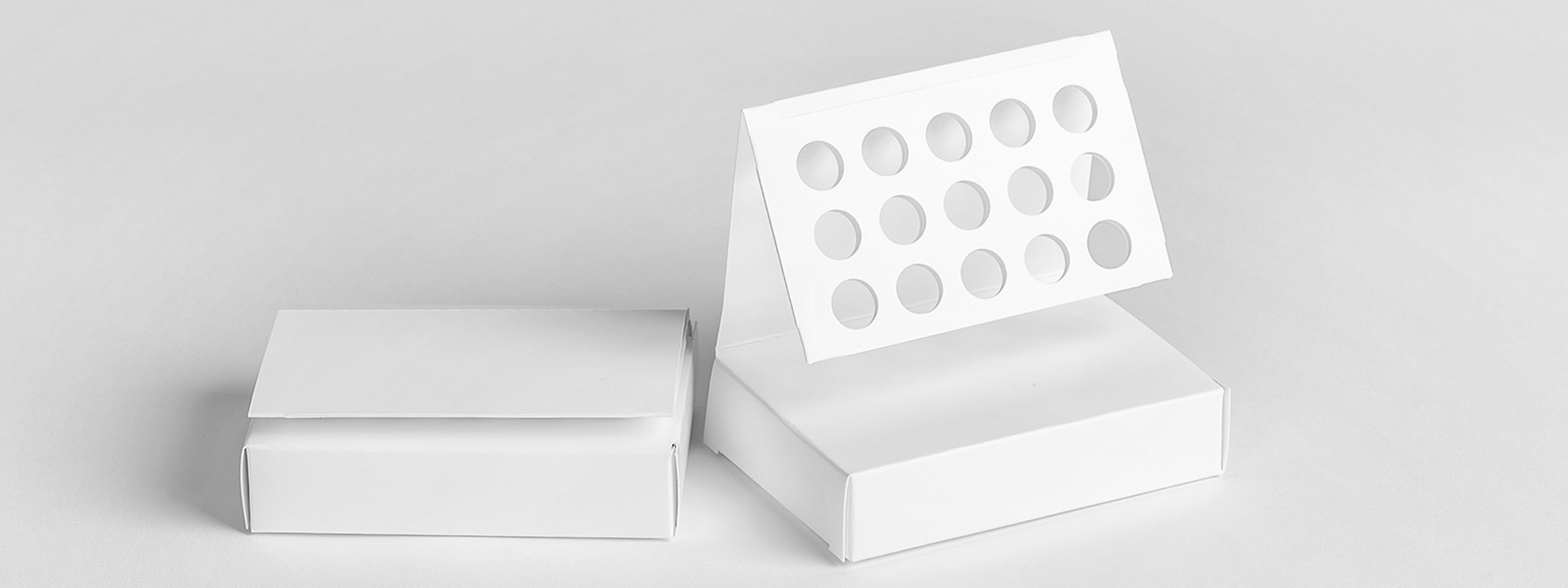What are the current trends in pharma packaging?
New legislation is being introduced all the time and more and more markets want their own say in what is printed on pharma packaging. One new ongoing development is that there are a lot of new elements being used in prescription drugs as we can now tailor-make pharmaceuticals to meet individual needs. More and more biological raw material is being used to make more effective drugs, causing increased complexity with many different versions of packaging – in the future we’ll even see individual printed packaging. The volume of pharma packaging is increasing with an estimated growth of 5 to 10 per cent, with the number of stock-keeping units increasing as well.
Runnability has always been key for pharma companies, but with these developments it is more important than ever. Legislative changes have led to increasing costs, but these can be mitigated with more efficient production.
Is there any pressure to reduce the use of plastic?
As in other industries, pharma companies are looking to cut their use of plastic. The issue in pharma though, is the legislation and the resistance to changing specifications. With upcoming new medicines, once it can be shown that migration is not an issue and drugs aren’t negatively affected by the packaging choice then we’ll start seeing a move from plastic to fibre-based materials.
What is required from pharma packaging?
First, and most importantly, it needs to protect what’s on the inside. It is also extremely important to have high readability – consumers must find it easy to understand what’s printed. Tamper evidence is very important as well, to make sure we know that the product has not been compromised along the supply chain.
What is required from the paperboard used in primary packaging?
The two key requirements are runnability and printability. The material should run without problems or dust, it should print easily with a good print result, any die-cutting and gluing should be without problems and dust free and we should be able to add braille to the packaging without tearing the surface.
Our role is to clarify what our customers need, work with our suppliers and test the materials thoroughly. High levels of quality control are vital for pharma packaging and good communication is essential between all parties involved. We need to know about even the smallest changes that our suppliers might make, and some of our pharma customers need to be told 6–12 months ahead for their change management processes.
What other changes should we be looking out for?
Batch sizes are going down, with some already as small as a few hundred boxes. Board machines are generally set up for larger batches, so this will require some changes in service models. We still buy many tonnes of board, but the logistics around having a safe and efficient supply will be increasingly important. Because of this, close cooperation between packaging specialists and board producers – like Eson Pac and Metsä Board – will become more important than ever.

